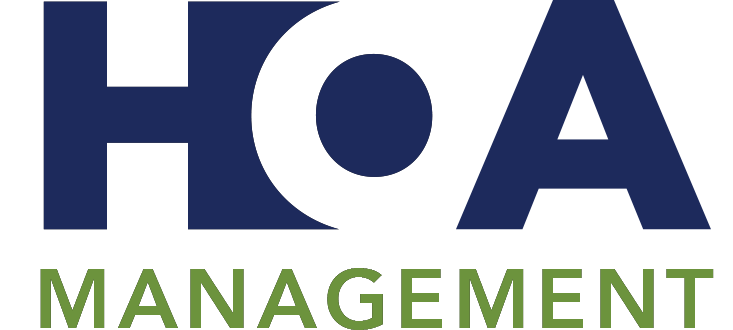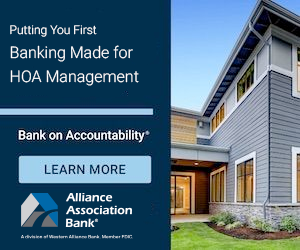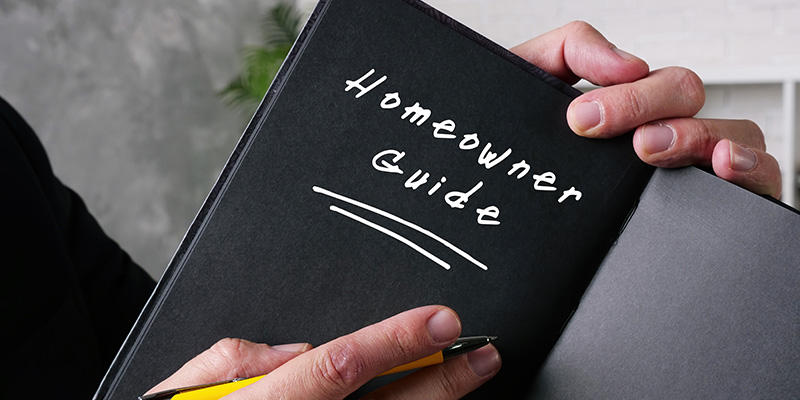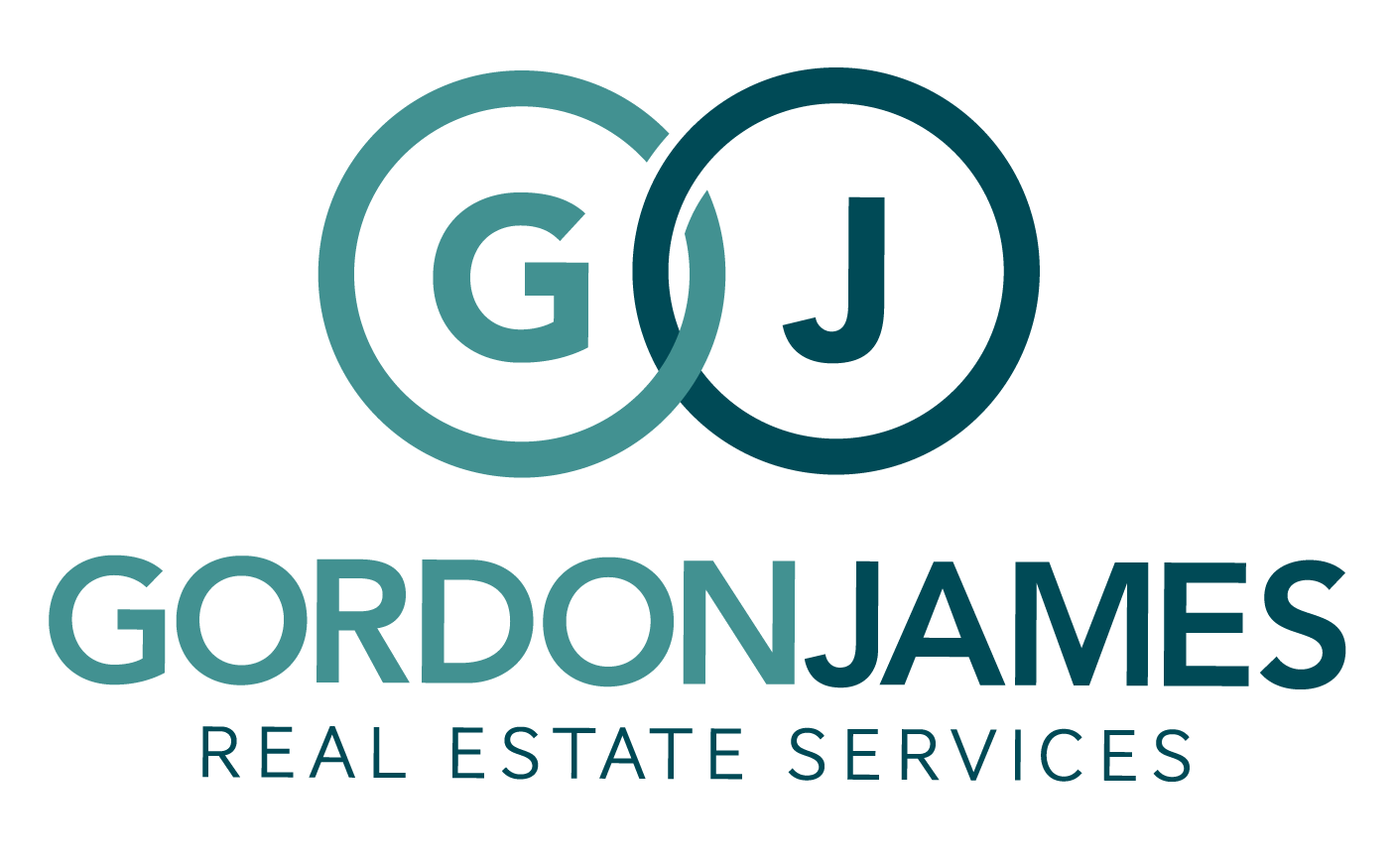How To Run A Meeting According To Robert’s Rules Of Order

All organizations, homeowners associations included, should know how to run a meeting effectively to ensure smooth operations. Whether it's a small organization or a large HOA, there's a correct procedure to follow for conducting meetings. It's crucial for all board members to understand and adhere to these procedures to facilitate efficient meetings.
Browse By Category
Sign up for Our Newsletter
All organizations, homeowners associations included, should know how to run a meeting effectively to ensure smooth operations. Whether it’s a small organization or a large HOA, there’s a correct procedure to follow for conducting meetings. It’s crucial for all board members to understand and adhere to these procedures to facilitate efficient meetings.
Robert’s Rules of Order on How to Run a Meeting
Conducting meetings is integral to the success of any organization, including homeowners associations. Without meetings, an HOA would be unable to address its business matters. Moreover, holding meetings is often a legal obligation stipulated by state laws, the association’s governing documents, or both.
Adhering to Robert’s Rules of Order is crucial for running meetings effectively. This framework allows board members to maintain smooth and orderly proceedings, ensuring that discussions are productive and decisions are made efficiently.
The Robert’s Rules of Order meeting procedure is as follows:
- Quorum
- Call to Order
- Approval of the Previous Meeting’s Minutes
- Reports
- Special Orders
- Unfinished Business and General Orders
- New Business
- Adjournment
Step 1: Quorum
How do you run a meeting? The first step is to meet a quorum, as a meeting cannot proceed or conduct business without one. But, what is a quorum anyway? And how do you run a meeting without one?
Simply put, a quorum refers to the minimum number of members required to be present for a meeting to be valid. Quorum specifications may vary depending on state laws and the association’s governing documents. However, according to Robert’s Rules, the default quorum constitutes a majority of voting members.
It falls upon the presiding officer or chair to establish the quorum. This officer announces the quorum at the meeting’s outset, while the secretary duly records it in the meeting minutes.
Should the meeting fail to attain a quorum, it cannot proceed further. In such instances, members may propose motions to adjourn, adjourn to a later date, or recess to await the arrival of additional members.
Step 2: Call to Order
The presiding officer is responsible for calling the meeting to order. They do this by simply stating, “I now call this meeting to order,” signifying the official start of the meeting. It is also best to state the details of the meeting, including the time, date, and the meeting type.
Step 3: Approval of the Previous Meeting’s Minutes
If you want to know how to run an effective meeting, it’s advisable to provide members with a copy of the previous meeting’s minutes ahead of time. This allows members to review the minutes and flag any inaccuracies. Subsequently, the secretary can rectify any errors before the next meeting. This effectively simplifies the process so that members will only need to approve the minutes come the following meeting.
Step 4: Reports
In accordance with Robert’s Rules of Order, the next step involves the presentation of reports.
- Officer Reports. Typically, officers are given precedence to present their reports first, if applicable.
- Board Reports. If other board members have reports they should provide, they can do so next after the officers.
- Committee Reports. Committees may also have reports to present on occasion. Following the conclusion of board reports, committee chairs can proceed to present their reports to the membership.
Should any of these reports include recommendations, a member should make a motion to adopt it. This motion should then receive a second before moving on to a vote. To mitigate disruptions, it is recommended for the presiding officer to be informed in advance of which members are scheduled to deliver reports. This is a good tip for how to lead the meeting.
Step 5: Special Orders
The next step in conducting an efficient meeting involves addressing special orders. For those unaware, special orders are agenda items prioritized over others due to their urgency or time sensitivity.
Special orders include both new and old items. “Old” items refer to those carried over from previous meetings. Typically, the meeting should address unfinished special orders before attending to new ones. This helps ensure continuity and address outstanding matters promptly.
Step 6: Unfinished Business and General Orders
Next on the agenda is addressing unfinished business and general orders. These include items or topics from prior meetings left unresolved. Adhering to the proper order is crucial for effectively managing a meeting.
Below is the order for addressing unfinished business:
- Items previously unaddressed due to the adjournment of the prior meeting, following the sequence of the previous meeting’s agenda.
- Items listed under unfinished business in the preceding meeting but left unresolved.
- Any general order items from the prior meeting, which are issues postponed to a later date upon motion by a member.
Step 7: New Business
After the conclusion of old business matters, the meeting should then move to the discussion of new business. The agenda for the meeting should clearly outline items falling under the new business list. Any items left unaddressed during the meeting can be carried over to the unfinished business section of the subsequent meeting.
Step 8: Adjournment
Finally, the meeting can end when a member makes a motion to adjourn. The presiding officer or chair, though, should first inquire if any attendees have additional matters they wish to address. The motion to adjourn requires a second and a vote to proceed.
Some organizations have trouble keeping meeting times short, but following the agenda closely will allow them to adjourn meetings on time. This is the best way for how to run an efficient meeting.
Avoiding Messy Meetings
Many board members struggle with how to run a meeting. They come ill-prepared, without any agenda or plan in mind. This type of approach rarely works out, as it does not give the meeting a clear flow. However, following Robert’s Rules of Order will help ensure an efficient and productive meeting for everyone.
Up Next:
- A Guide To Robert’s Rules Of Order Make A Motion
- Understanding Robert’s Rules Of Order On Debates
- Robert’s Rules Of Order Voting On A Motion: How To Do It
Trending Now
Related Article
Sign up for Our Monthly Newsletter
Sign up below for monthly updates on all HOA Resource
















